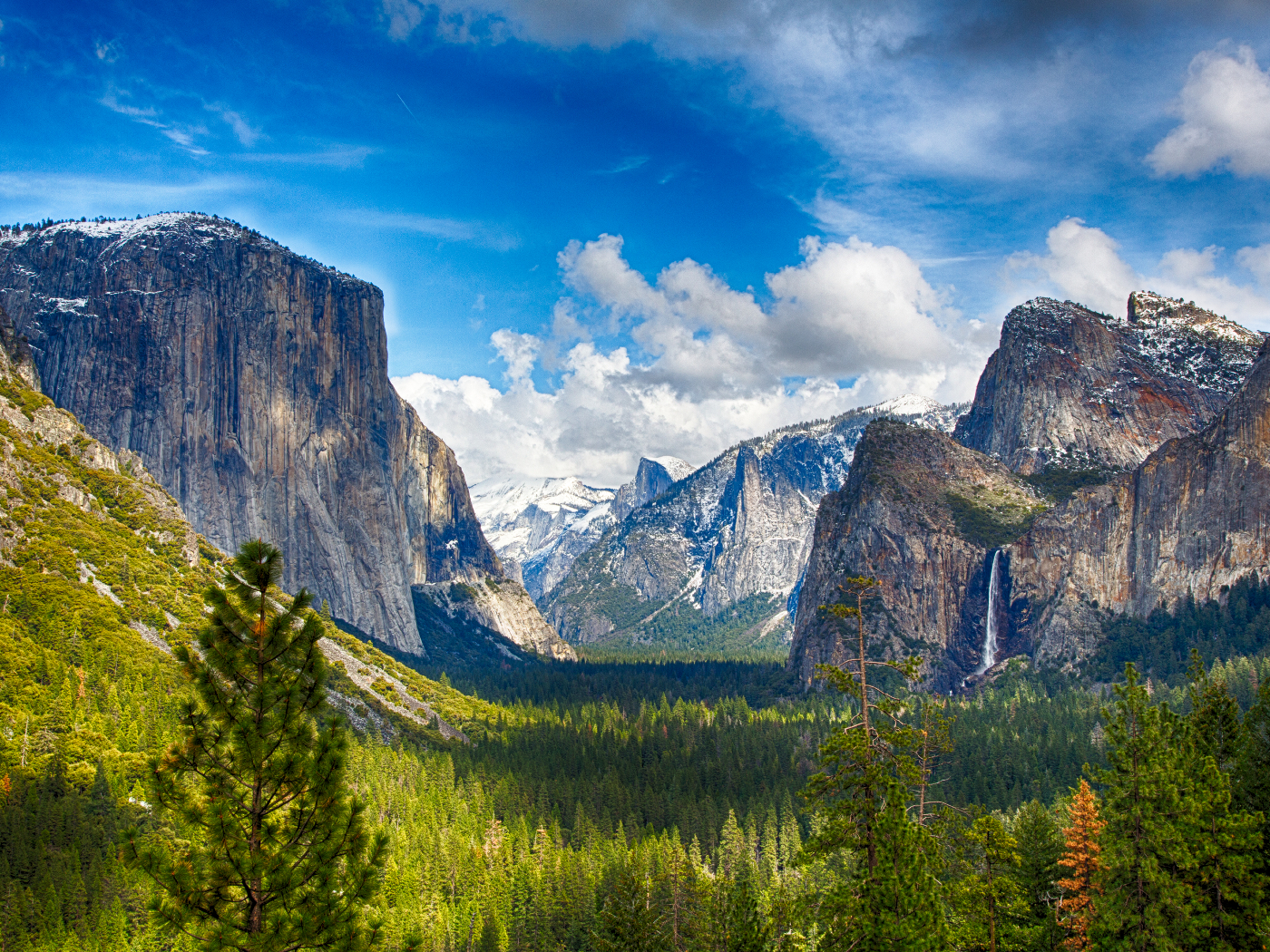Workers expanding a highway in 2010 found fossils of 80 huge whales in desert sandstones in Chile, prompting questions of how they died and why they were so well preserved.
Clearly, a catastrophe must have happened, since so many whales died at once. Just as clearly, the catastrophe must have involved large quantities of fast-moving sand in order to encase the huge animals in sandstone.
Construction halted on the highway temporarily, allowing Smithsonian paleontologists to examine the fossils. Since the site may be destroyed when roadwork resumes, the scientists are using laser imaging technology to quickly record the fossils' 3-D positions in the sandstone so that they can be virtually reproduced "for museums and future study by paleontologists."1
Images from the excavation site show the whale remains close to, and even overlapping, one another.2 They are gathered in a low spot called the Caldera basin, where water runoff from the continent toward the Pacific Ocean was trapped. The water would have rapidly drained out after depositing the whales and the sand, allowing the carcasses to dry quickly and not decay as the surrounding sand hardened into sandstone and preserved them.
Enlightenment-era notions of slow and gradual geologic processes cannot account for this mass grave. Neither can they explain a separate case in which 300 whales were found buried with land animals, also near the western coast of South America.3 But a massive watery catastrophe like the Flood of Noah would have had the requisite power to move the amount of sediment and water that formed these massive whale fossil sites.4
Genesis 8:3 states, "And the waters returned from off the earth continually: and after the end of the hundred and fifty days the waters were abated." Since these whale fossil deposits probably overlie thousands of feet of sedimentary rocks, it stands to reason that much of the underlying rock was formed during the first 150 days of the Flood, as water was carrying sediment onto the continent.
Later in the Flood year, the whales would have been deposited in low-lying areas as waters "abated" from the continents and into the new, deeper ocean basins. This would account not only for the large numbers of remains found in one place, but also for their preservation.
ScienceInsider reported that researchers "are striving to learn how the site was formed and how the marine mammals died."1 The first place they should look is Genesis.
References
- Gramling, C. Researchers Rush to Recover Whale Fossils From Highway Project. ScienceInsider. Posted on news.sciencemag.org November 18, 2011, accessed December 14, 2011.
- Whale cemetery discovered in Chile. Sky News. Posted on skynews.com.au November 13, 2011, accessed December 15, 2011.
- Brand, L. R. et al. 2004. Fossil whale preservation implies high diatom accumulation rate in the Miocene-Pliocene Pisco Formation of Peru. Geology. 32 (2): 165-168.
- Walker, Tas. 80 whales buried mysteriously in Chilean desert: Marine graveyard is evidence for Noah's Flood. Creation Ministries International. Posted on creation.com December 1, 2011, accessed December 15, 2011.
* Mr. Thomas is Science Writer at the Institute for Creation Research.
Article posted on December 20, 2011.













